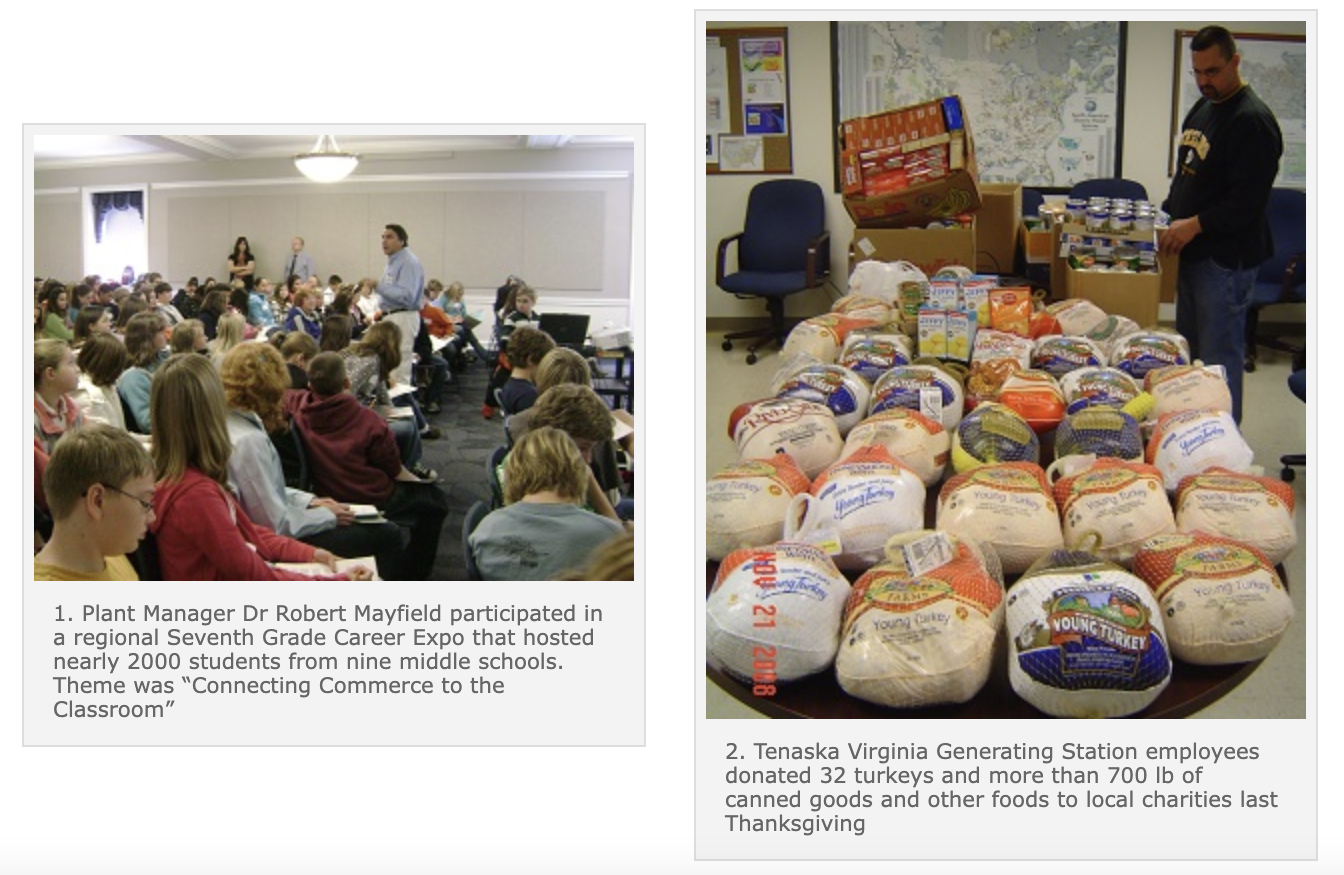Challenge. To truly attain customer centricity—rather than just promoting it in marketing materials—requires shifting business practices away from a focus on what we do to who we serve. Often, effective customer-centered business practices emerge from hard-fought battles over strategic thinking and require organizational shifts as a business transitions from a function orientation toward a customer orientation.
A customer-centric organization defines its “customers” as a combination of employees (internal stakeholders), contractors, partners, and community members. Customer centricity is a core value that must permeate all levels of the organizational structure.
Solution. We embraced the idea that the key to business success is a satisfied customer base. Customer satisfaction is driven by the quality and perceived value of the service provided. In a dynamic, customer-centric organization, this means satisfied, loyal, and productive employees create the service value that is then delivered to and experienced by partners, contractors, and community members. Employee and partner loyalty drive customer and community loyalty. We focused on achieving and sustaining competitive advantage and success in the marketplace by creating a satisfied internal and external customer base.
Results. By actively working to demonstrate—not just talk about—our ability to respond to the ever-changing needs of our customers and to focus on customer satisfaction, we saw our customer relationships continue to improve and were able to accomplish the following goals:
Employees. We developed a culture of collaboration focused on motivating employees to invest in a customer-centric future. Effective, cross-functional teams were created to nurture cooperation and esprit de corps. Specific initiatives include: (1) employee participation in strategic-thinking teams to develop new ideas on how to optimize plant performance, employee relations and community relations, (2) safety recognition awards, (3) an employee relations team to provide inputs to management on proposed employee events, (4) children and adult holiday socials and gifts, (5) employee-of-the-quarter award, two post-outage picnics, (6) anniversary and birthday cards, (7) children’s “A” report card ice cream, and (8) holiday family lunches onsite.
Contractors. We continued to enhance working relationships with contractors. Initiatives designed specifically for contractors included: (1) outage barbecues to allow contractors time to meet other contractors on site, (2) contractor-of-the-year award, thank-you letters to contractors, and holiday baskets to contractors, (3) pre- and post-outage performance process improvement briefs, and safety training, and (4) participation in morning outage briefs so they feel part of the team.
Community. We continued to receive recognition for community service with the 2008 Virginia Governor Volunteerism and Community Service Award and the 2008 Virginia Career and Technical Education Creating Excellence Award. We provided plant tours to over 300 students in 2008, and were active participants in school career days, science-fair activities (Fig 1), and the scholars program— including providing honors geometry-class lectures on how geometry interrelates with power generation.
Additionally, our “Angel Gift” program, in which employees and spouses donate time and money to a holiday shop for 96 children and elderly, donated 32 turkeys and over 700 lbs of food to the county food bank (Fig 2). We continue to encourage employee involvement in the local community and we’re proud that employees hold president and treasurer positions in many county organizations such as the chamber of commerce and the economic development authority.
Key project participants:
Donnie Scott, operations manager
Sam Graham, maintenance manager




